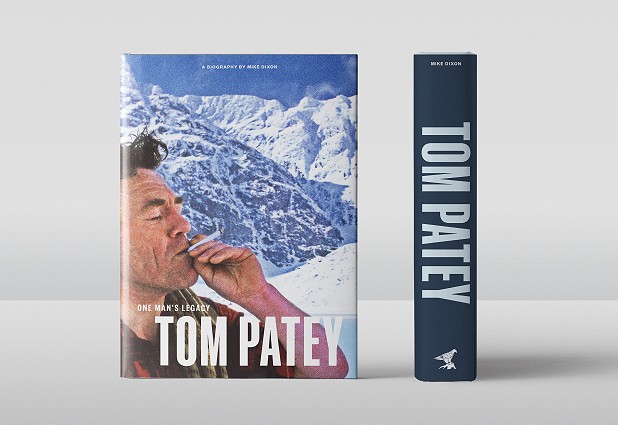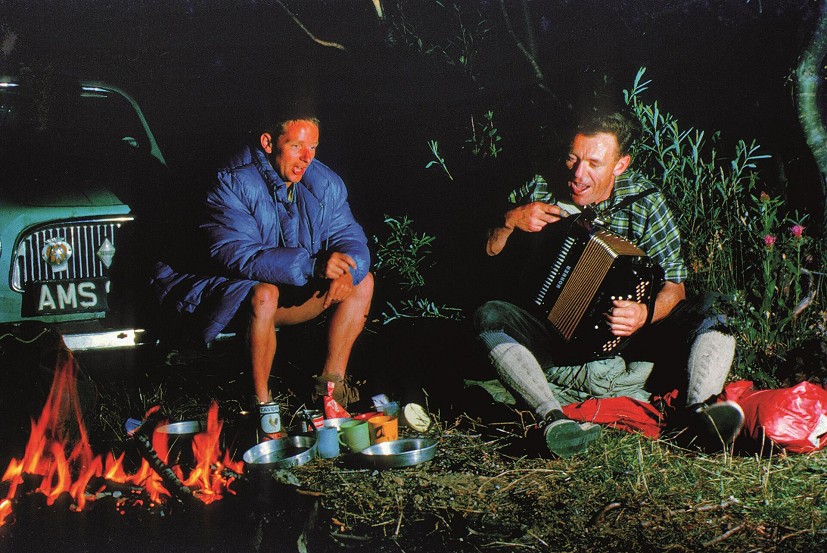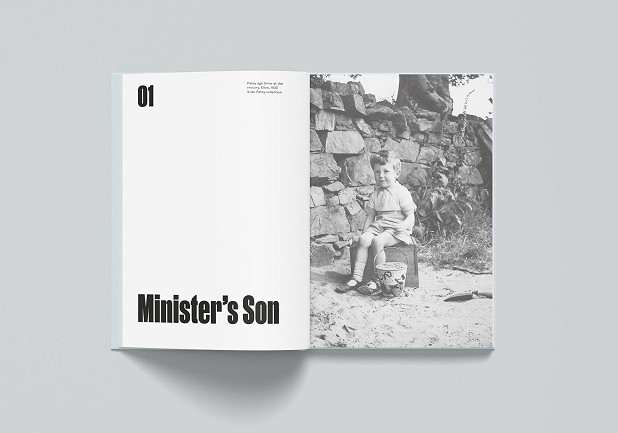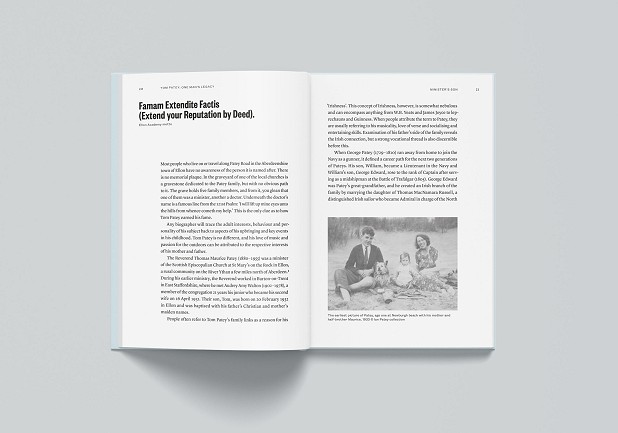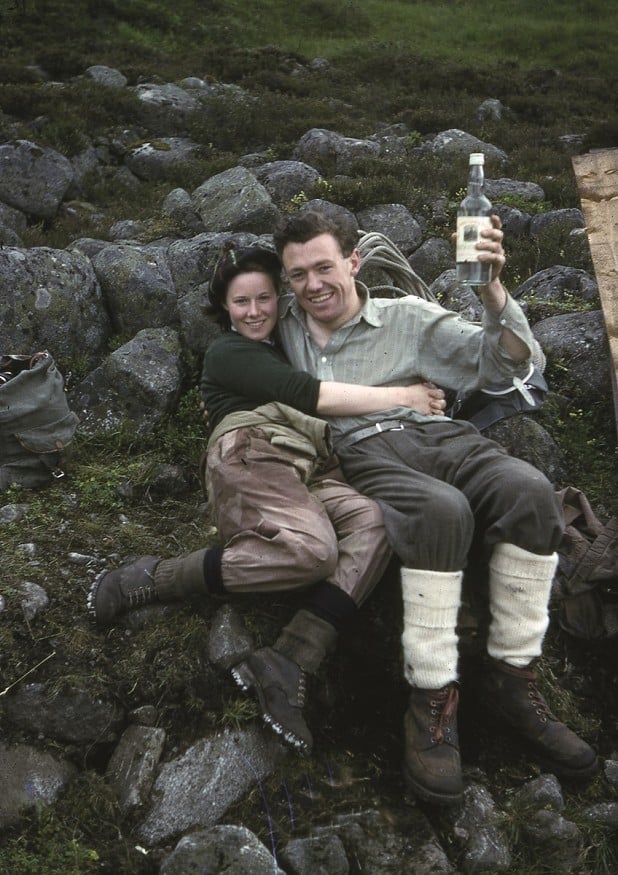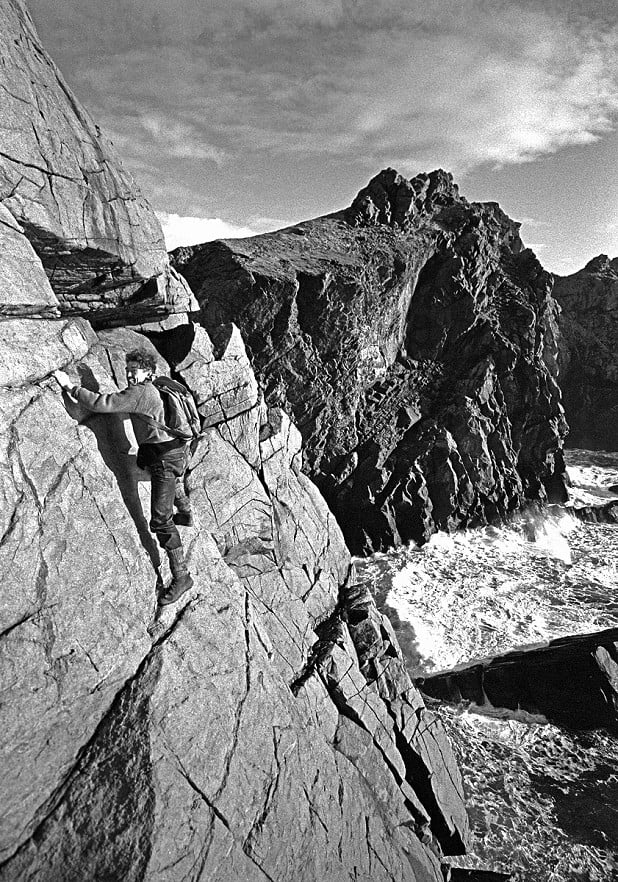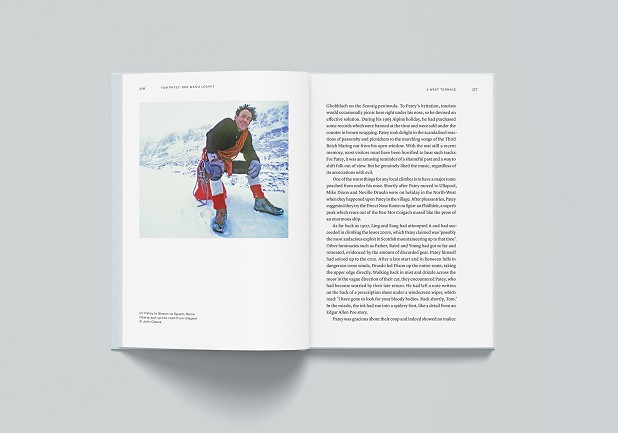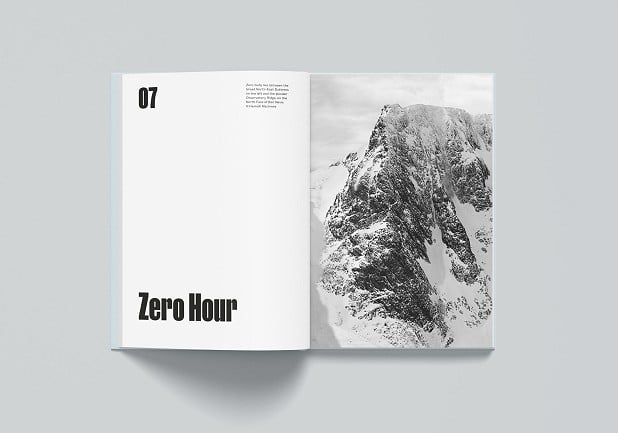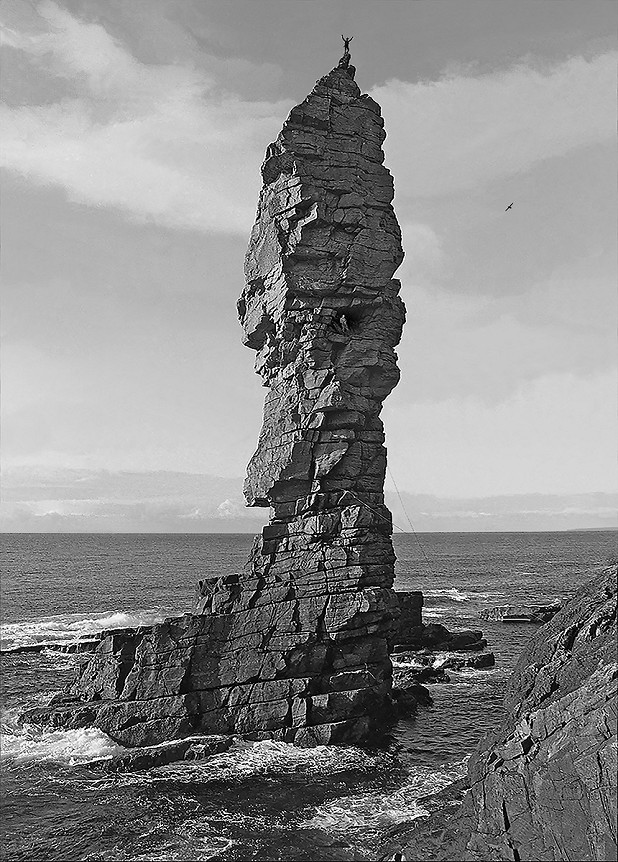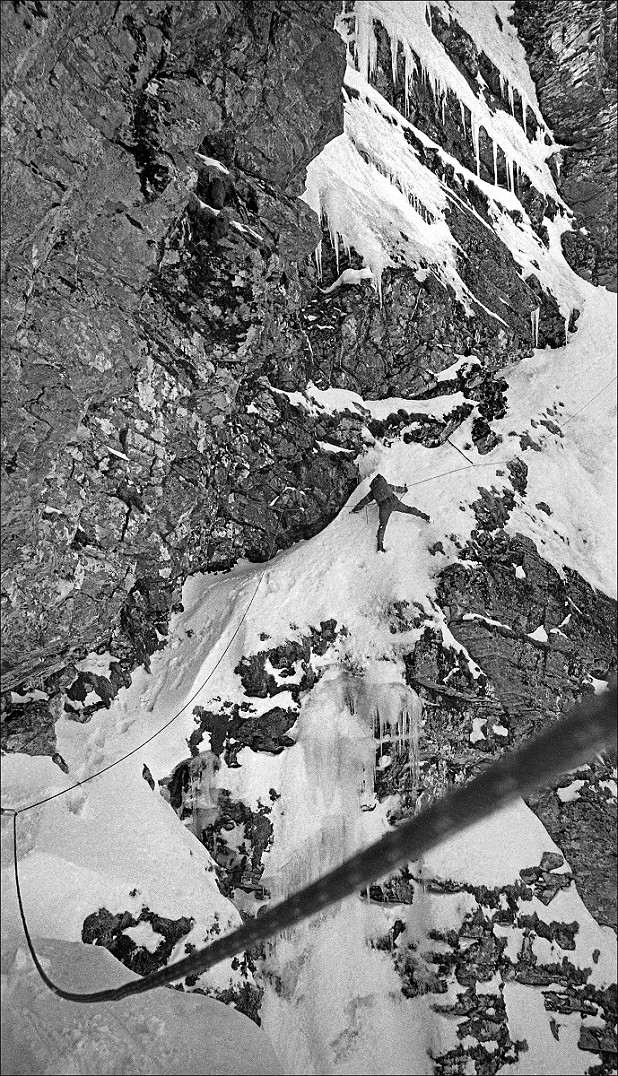One Man's Legacy, by Mike Dixon
When I started climbing, One Man's Mountains was a must-read book in the canon of mountain literature. A collection of essays and articles written by the late, great Tom Patey, it is brimful of tales told with a warmth and wit unlike anything I'd read before. Thanks to this inimitable, smile-inducing style* it's a book that I've returned to many times since, so I was excited by the release of the biography One Man's Legacy , because I wanted to know more about the man you only get a glimpse of in his own writings.
*"A Walk with Whillans" is still one of my all-time favorite pieces of writing, but there are so many others - "The Art of Climbing Down Gracefully", "The Zero Gully Affair", "Onward Christian Bonington".. .
The difference between One Man's Mountains (OMM) and One Man's Legacy (OML) is one of perspective. In OMM you get one person's perspective, whereas in OML the author - Mike Dixon - draws upon the personal experiences of a great many people that knew him to tell the story of Patey's life, allowing a much broader and more balanced view.
It would be easy for a book such as this, written about a climber whose place in history is assured, and all the most legendary as a result of his untimely death, to portray a rose tinted view, but it's the unvarnished truth that its author has sought. Some of the accounts of Patey's personality and behavior indicate a single-minded, bullish, obsessive side which can be quite uncomfortable to read about. We all know of that fun loving, song singing side, but he had his flaws and I felt that OML offers a far more meaningful insight into the man himself, both good and bad, than accounts I'd read previously.
The book runs chronologically through Patey's life, from his upbringing as a minister's son, through to medical training, time in the navy, and subsequent years as a practicing doctor. And there's obviously the climbing, which formed a central part of his life. He was, after all, an absolute obsessive and the relentless nature with which he went about climbing everything he possibly could is something that struck me several times. I recognize that obsession in myself, and within others, and it yields high productivity, but doesn't necessarily make you the easiest person to be around. 'Productive' is the word for Patey too, because he did a lot over his life, and it was without doubt a life lived to its fullest. His face, which looks like it's been carved from weather worn stone, belies his actual age. He was only 38 years old when he died, which is - by coincidence - exactly how old I am. That's a thought that gets you thinking.
What I enjoyed most about the book, aside from the stories about Patey himself, was an insight into an era that feels so far removed from our own. Whilst it's easy to glorify the past, projecting a purity that was (probably) never there, there now seems something blissfully simple about an age free from the internet and social media. Everything was more of a challenge. Getting places was more difficult, with car ownership rare and roads generally poor. The technology that was available, both in terms of the equipment and clothing used, were a world apart from what we use today. Whilst I'm not entirely convinced Patey would have used a Gore-Tex jacket even if he were alive now, there's no denying that the lesser quality of their kit would have added to the old timers' challenges.
In Patey's case the spartan ideal seems almost to have been pathological, with his outright refusal to wear a hat and his winter attire frequently stretching to little more than a wooly jumper (can you imagine the reaction someone would get on the UKC Forums if they suggested doing the same today?!).
There were so many other challenges too, not least the great many first ascents that were waiting to be climbed. Many of the routes that Patey established are considered classics to this day. When we come around to repeating them, remembering the style in which they were done - and the climbing equipment they were using - only adds to the experience.
Aside from the writing, the book itself is a thing of beauty. Scottish Mountaineering Press set a high standard with The Fox of Glen Coe and OML raises the bar even higher. It exudes quality, from the quality of the paper and binding, to the fonts and the layout itself, which is simply stunning. It is set to a standard that I don't think anyone else is operating at in climbing and mountaineering literature.
Patey has such a huge legacy already, through his routes, his reputation, his music and song, his writing. One Man's Legacy doesn't just summarise this rich history, it builds on it. This is a book - much like his own One Man's Mountains - that I can see myself coming back to time and again.


